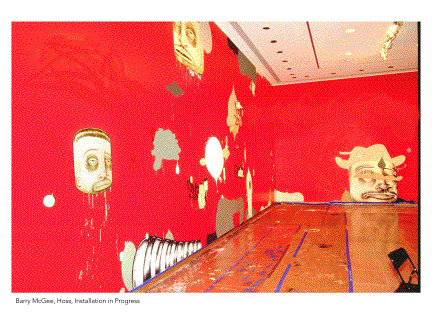Notes on Chapter 4, Money, Markets, Museums
Museums' Purposes
OstensibleCollect work of highest quality
Preserve, study, educate
Civilize the masses
Promote enjoyment
Hidden (or not-so-hidden)
Celebrate national power and domination
Memorialize the rich
Provide proof of good taste
Reflect interests (either dominant and mainstream or partisan and minority)
Whitewash tarnished corporate images
Promote corporate public relations
Grease the wheels of international business and relations
Changes in Museum (or High Culture) Funders
Royalty and aristocrats
Wealthy industrialists or philanthropists (Rockefeller, J. P. Morgan, Mellon, Getty,
de Menil, Gates) 
Corporations
Foreign governments
Art Against Money
- Artists who use money in their art (J.S. Boggs, Ann Hamilton)
- Graffiti art (Basquiat, McGee)

- Hans Haacke: art about corporate art sponsorship
- Christo and Jeanne-Claude: temporary environmental installations



- Tibetan Buddhist monks: mandala sand-paintings
- Culture in Action show in Chicago 1993: art in the city streets
- Earlier art movements:
- Situationism International
- Arts and Crafts Movement: John Ruskin and William Morris; Morris:
"Apart from my desire to produce beautiful things, the leading passion of my
life is hatred of modern civilisation." "Have nothing in your houses which you do not know to be useful or believe to
be beautiful."
from John Burdick's book on Morris: "Morris was driven like few others to create, and all of his creations shared a common purpose: to oppose what he saw as the bland tedium, greed, and degraded tastes of the Victorian industrial world and to restore the power of art in everyday life."
- John Dewey's View: art for the living organism in its environment